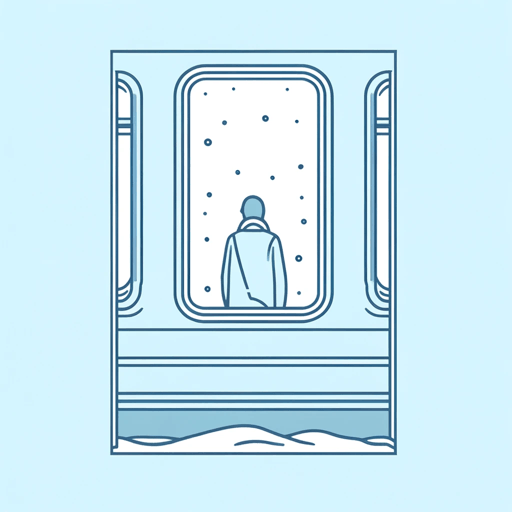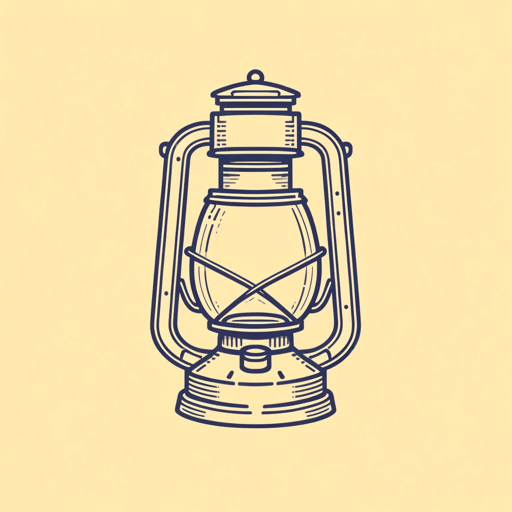42 pages • 1 hour read
Yasunari KawabataThousand Cranes
Fiction | Novel | Adult | Published in 1952A modern alternative to SparkNotes and CliffsNotes, SuperSummary offers high-quality Study Guides with detailed chapter summaries and analysis of major themes, characters, and more.
Background
Socio-Historical Context: Post-World War II Japan
World War II (1939-1945) was the largest and deadliest global conflict of the 20th century. The majority of the world’s countries fought on the side of one of two major alliances: the Axis Powers or the Allied Forces. Imperial Japan was the last major Axis Power to concede defeat in 1945, surrendering to Allied Forces following the devastating use of nuclear bombs on two Japanese cities: Hiroshima and Nagasaki. Following the war’s end, Japan was occupied and administered by Allied—primarily American—forces from 1945 until 1952. Kawabata wrote and set Thousand Cranes during this period, and the novel both reflects and critiques many aspects of Japanese society in that era.
In the years immediately following World War II, the primary focus of the weakened Japanese state was on recovery. An estimated 2 to 3 million Japanese citizens had died during the war years, amounting to approximately 3% of the total population (“Japan During World War II.” National Park Service), and many survivors were injured or traumatized by years of bombings and warfare. Poverty and hardship were widespread, much of the nation’s infrastructure had been damaged, and the economy was in shambles following years of increasingly desperate Total War measures (in which all infrastructure is a military target, and all national resources are put toward warfare).
Related Titles
By Yasunari Kawabata





